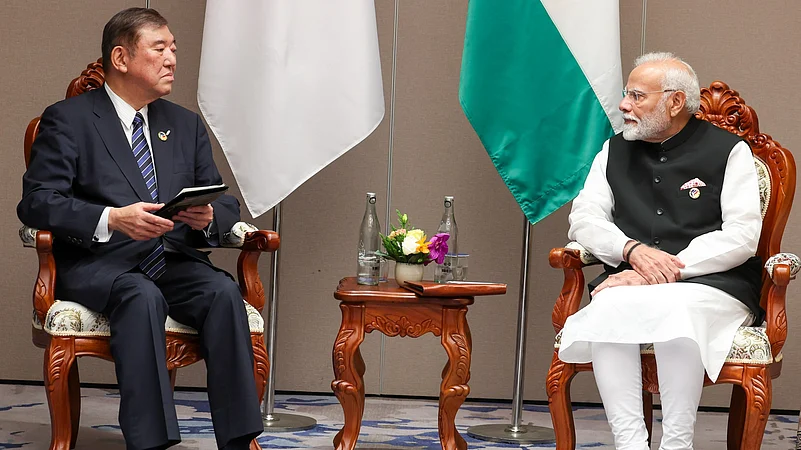India is considering a major policy shift to conserve its rare earth resources, specifically by halting the export of key minerals to Japan, including neodymium, a critical element used in electric vehicle motors, wind turbines, and high-end electronics. According to industry sources, this move was discussed during a recent meeting between Commerce Minister Piyush Goyal and executives from the automotive and related industries.
This marks a significant step in India’s efforts to secure critical raw materials for its domestic green technology ecosystem, including electric mobility and renewable energy.
IREL’s Role in Rare Earth Trade
-
Indian Rare Earths Ltd (IREL), a government-owned company, has been a key exporter of processed rare earth oxides.
-
The majority of these exports, particularly neodymium, have traditionally gone to Japan—a major manufacturing hub for electronics and automobiles.
-
The halt in exports would redirect these materials to support India’s Make in India and Atmanirbhar Bharat initiatives.
What Prompted the Decision?
-
Strategic Resource Conservation
India has realized the geostrategic value of rare earth elements, particularly neodymium and praseodymium, in enabling technologies such as electric vehicles, wind turbines, and advanced electronics. -
Domestic Industry Demand
With India scaling up its EV adoption targets, wind energy capacity, and electronics manufacturing, the demand for rare earth elements is projected to surge. Officials now believe that these resources should be conserved for domestic high-tech industries. -
Supply Chain Security
Ongoing geopolitical tensions and India’s dependence on China for processing and imports have increased the urgency to localise the entire rare earth supply chain, from mining to refining and magnet production.
Commerce Ministry’s Stand
During a closed-door meeting, Commerce Minister Piyush Goyal reportedly instructed IREL to immediately review and restrict its rare earth exports, urging industry players to utilize these minerals for indigenous manufacturing instead of relying on foreign suppliers.
This internal demand-centric approach mirrors global trends, as countries such as China, the US, and Australia have started prioritizing domestic consumption of critical minerals.
Impact on Indo-Japan Trade Relations
-
Japan has been a key buyer of India’s rare earths as part of a strategic diversification effort to reduce dependence on China.
-
India’s decision may temporarily disrupt Japanese supply chains, though it is expected to be managed through diplomatic and trade negotiations.
-
However, India’s broader vision is to move up the value chain, exporting not raw materials but finished products like magnets, batteries, and EV components.
India’s Strategy Going Forward
-
Developing Domestic Processing Capabilities
India is investing in refining and separation technologies to process rare earths locally, reducing dependency on foreign facilities. -
Support for Private Sector and Startups
New policy frameworks and incentive schemes are being framed to attract private sector investment in magnet manufacturing, battery recycling, and rare earth refining. -
Strategic Reserves and Exploration
Exploration of rare earth reserves is being expanded across coastal sands and inland mineral belts, including Odisha, Andhra Pradesh, and Kerala.
India’s proposed halt on rare earth exports—especially to Japan—is a strategic recalibration aimed at securing future supplies of critical minerals essential for clean energy, defense, and electronics. While this may lead to temporary trade realignments, it reflects India’s increasing focus on building self-reliant, sustainable, and secure supply chains for rare earth elements.
This decision will likely trigger policy shifts, investment opportunities, and technological innovations in India’s rare earth sector over the coming years.

